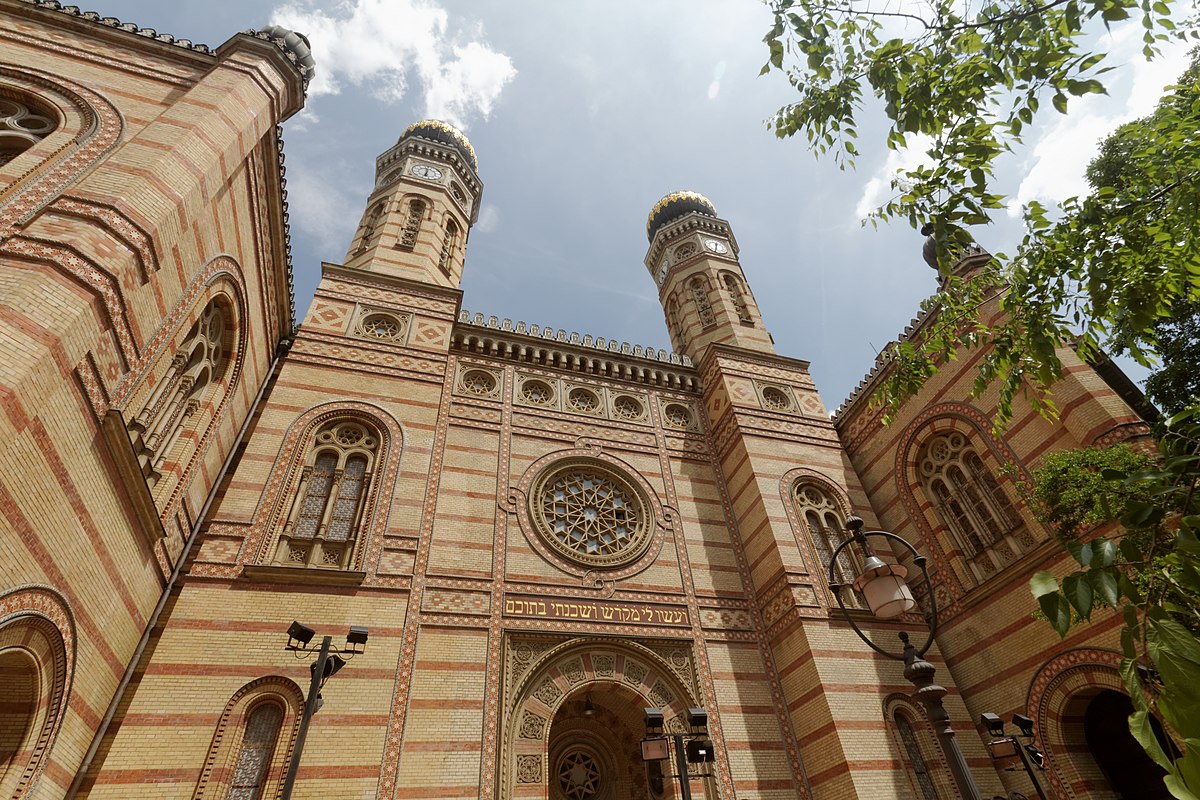
Dohany Street Synagogue – Europe’s Biggest, World’s 2. Largest Synagogue
Discover the Jewish Quarter of Pest and its values. You have to visit the world-famous Dohany Street Synagogue and experience the history of incredible Hungarian Jewry!
O
C
The part of Erzsébetváros close to the city center began to be called the “Jewish Quarter” in the 2000s. Since the 19th century, the main centers of the religious life of Orthodox Jewry in Budapest have been here: the world-famous Dohány Street Synagogue, which is the world’s second and largest synagogue in Europe, the Rumbach Street Synagogue and the Kazinczy Street Synagogue. In addition, here – Király utca, Kertész utca, Dohány utca and Károly körút – was designated in 1944 as the “big ghetto” where almost ten thousand Jews were moved together, at the same time displacing a non-Jewish population. More affluent families moved out of the neglected part of town, leaving plenty of apartment buildings left empty. Later, silver houses could turn into ruin pubs (romkocsma). Popular restaurants include Szimpla, Ellátó kert, Fogasház and Mika Tivadar Mulató. As for the cultural line, Massolit and Mazel Tov are very popular with the family.
Dohány Street Synagogue – The Jewel of The Jewish Quarter!
The first Jewish quarter of Pest was connected by Nagyhíd (now Deák Ferenc utca) street with a bridge, which allows the Jews of Óbuda to come to the fairs. Not far from the bridge, at Roosevelt Square, was the Rak Market / Unloading Square; the commercial center of Lipótváros, built on the basis of a unified service plan at the beginning of the 19th century, was established here. Thanks to its illusory size, central location and beautiful architectural style, the Dohány Street Synagogue brings hundreds of thousands of tourists every year.
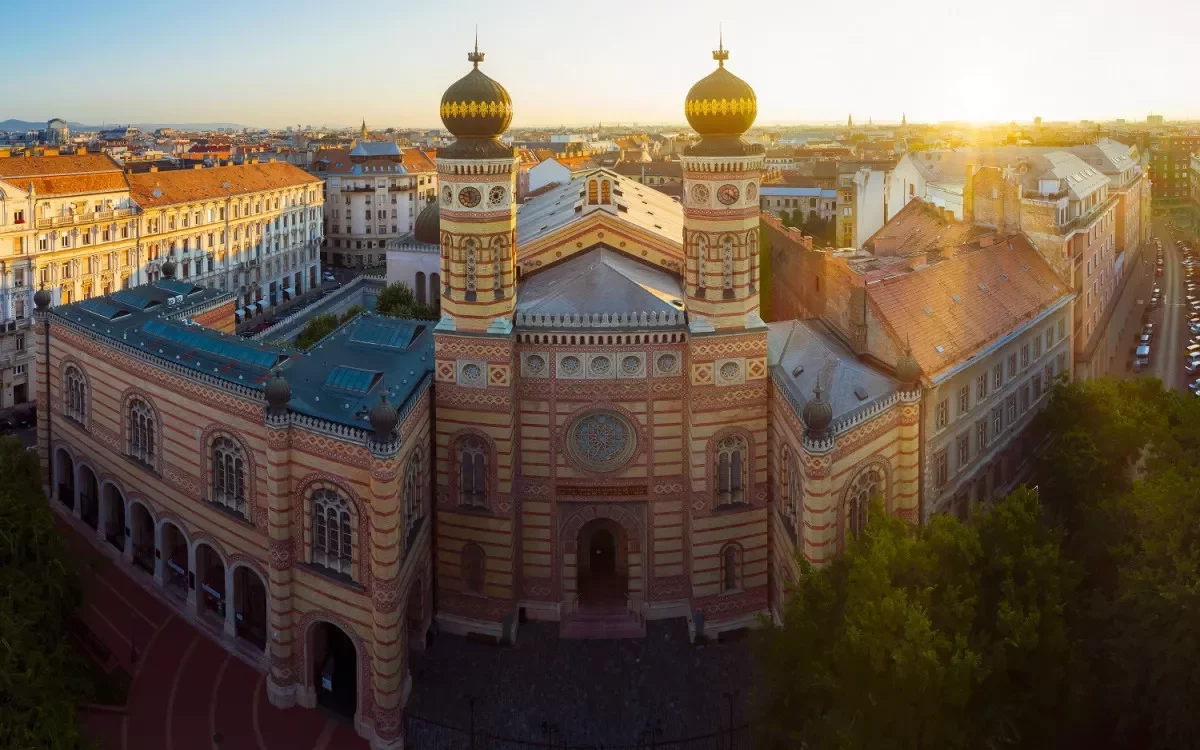
Walk Around The Interesting Building!
Inside, on the eastern main wall, is the so-called covenant cabinet, in which the ancient Torah scrolls are kept. The cabinet is covered with velvet curtains and upholstery, these Hebrew texts and Jewish symbols can be perceived:
– Menorah (seven-branched lamp),
– David Star,
– a double column (reminiscent of the columns of the Sanctuary),
– lion (the lion of Judah) and crown (the crown of the Torah or knowledge).
Stairs lead up to the chapel, in front of which there is always an eternal lamp. (To the altar of the former Sanctuary, priests and, accompanied by a singing song, members of the Levitical choir marched up 15 steps.) In the Dohány Street Synagogue, there is also a dome above the Phrygian, beautiful lanterns, an art pulpit, seats and metal railings.
Don’t Miss It! – Listen to The Torah!
In traditional Jewish churches, the Torah is read – on Saturday mornings – from the podium in the middle (Bible in Hebrew), but in some modern synagogues, even here, near the east wall, it has been moved to the “altar section.” – , but is from above to the people, as is the sermon in Christian churches.
Curiosity:
The creators of the Dohány Street Church were not Jews, they created a space composed of the known structural elements of the Christian church.
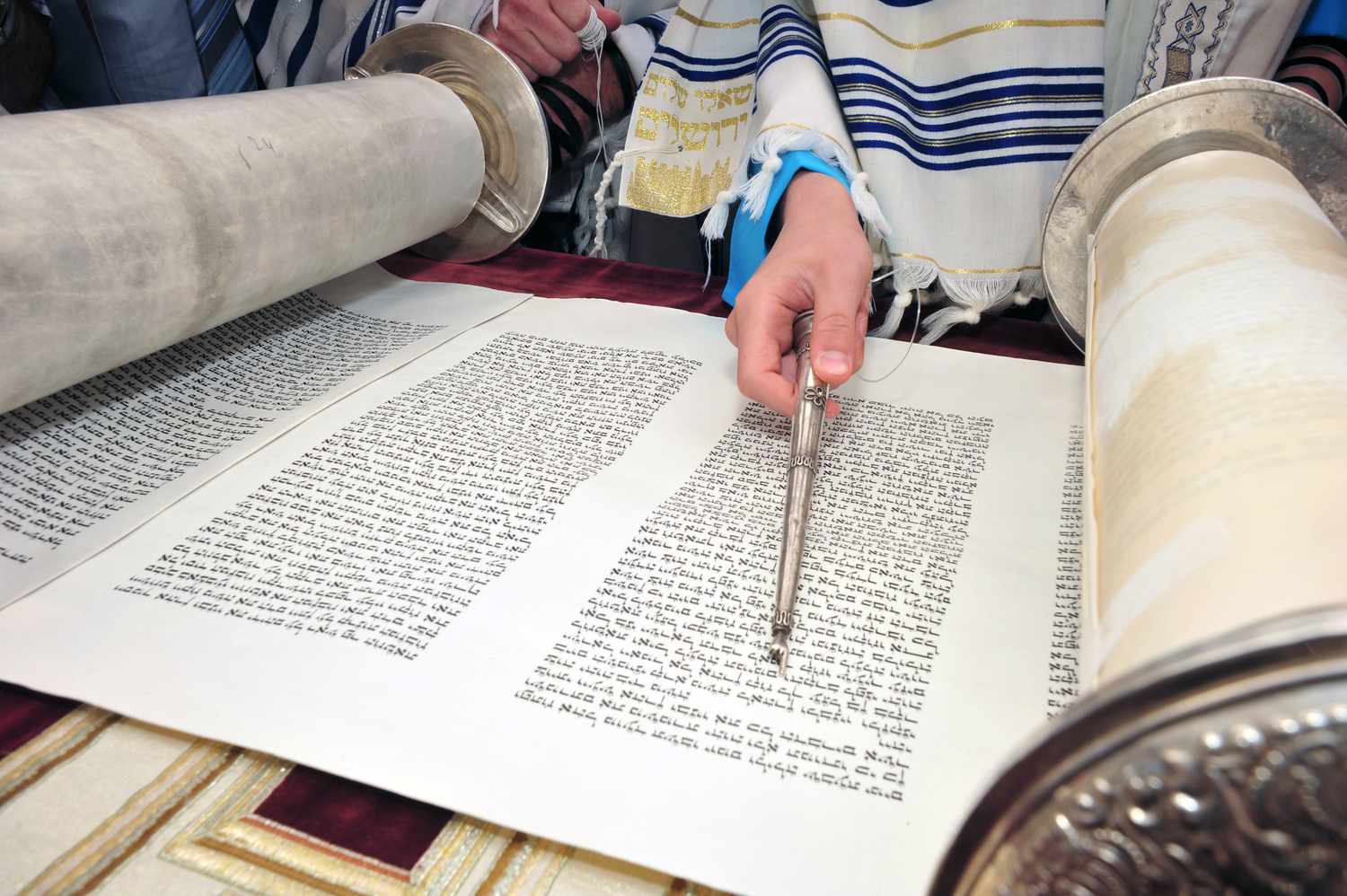
Hungarian Jewish Museum – A Collection of Special Exhibitions
In the millennium of 1896, it was decided to create an exhibition of the Jewish religion in Hungary, the historical monuments of the Jews living here. At the initiative of Miksa Szabolcsi, the material of this exhibition became the basic collection of the later Jewish museum. In 1932, it became final in the wing of the building built for the synagogue. The museum fits perfectly into the synagogue building and the arcades.
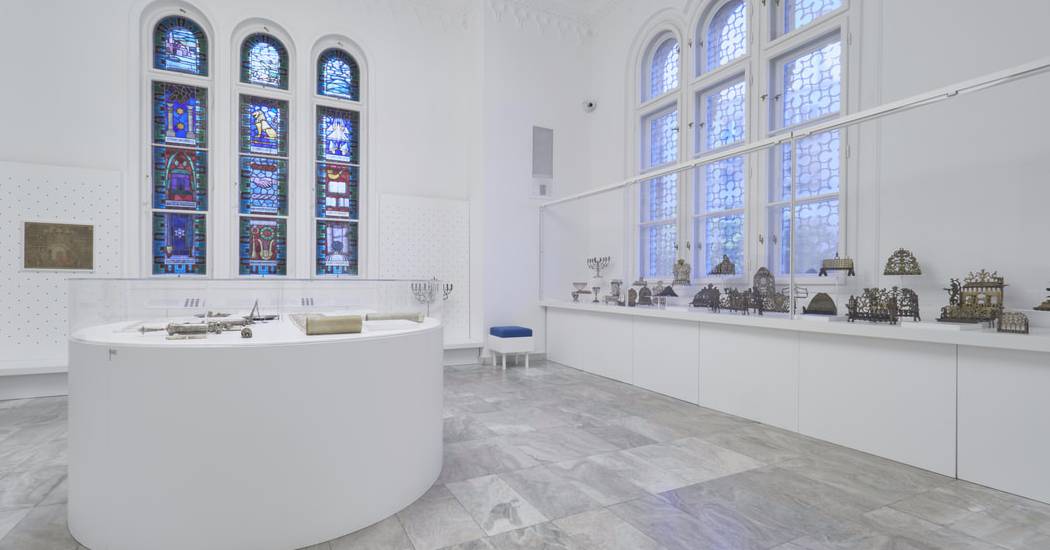
Cemetery – A Special Memorial Place in the Courtyard of the Synagogue
According to Jewish tradition, cemeteries are not placed next to synagogues. The cemetery was created out of necessity due to the circumstances of the Second World War. Recently, a small park was added to the cemetery, in which a monument preserves the names of Raoul Wallenberg, Giorgio Perlasca and Per Anger, who saved many lives.
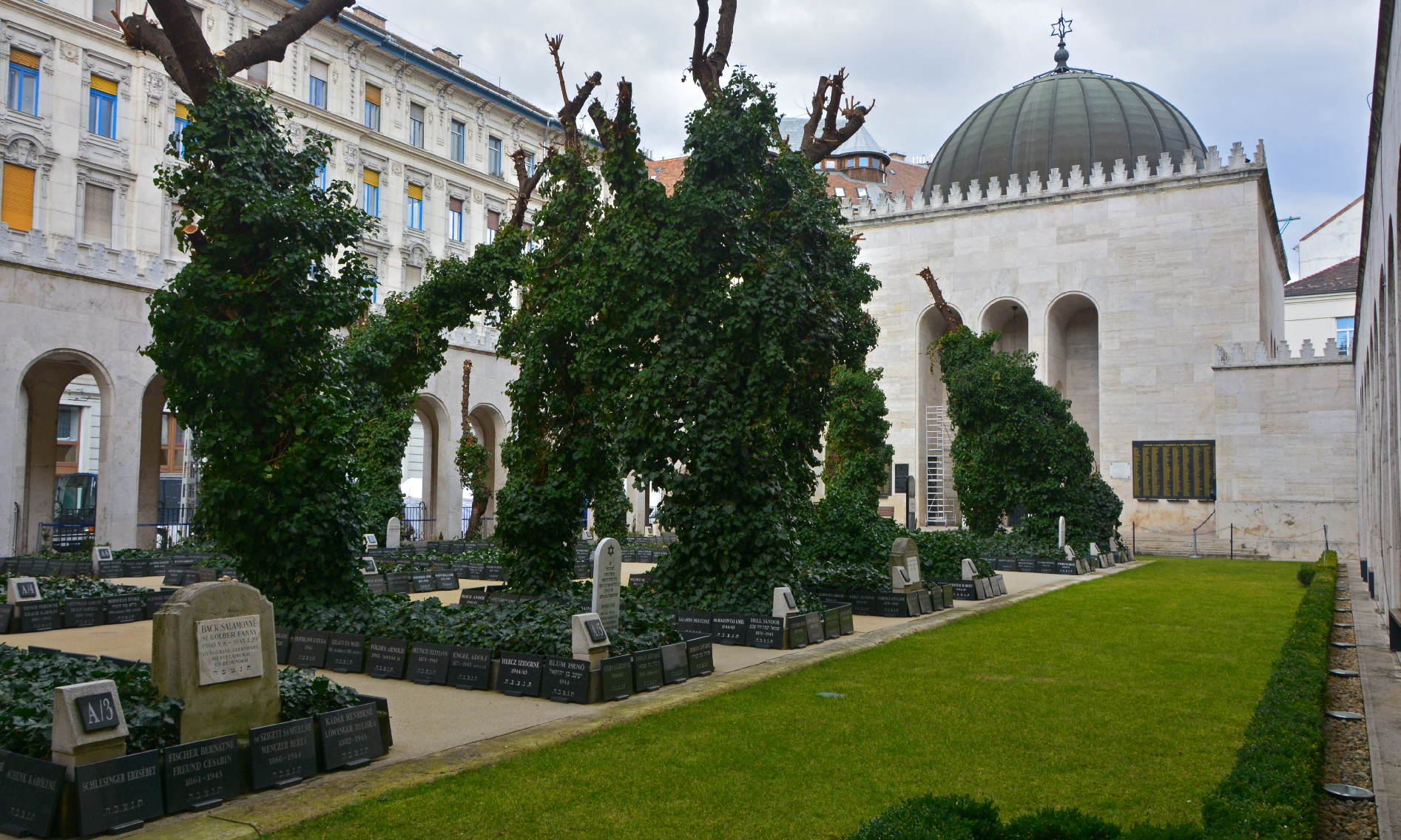
Next to the garden, you cand find the Holocaust Memorial Park. Here you can see the “monument to the victims of the Holocaust” on a red granite pedestal, designed by Imre Varga. On the letters of which can be added to the name of a deceased relative.
Special Attraction: The Tree of life
The Monument of the Hungarian Jewish victims can be seen at the former birthplace of Tivadar Herzl, in the garden of the Dohány Street Synagogue, in the Raoul Wallenberg Memorial Park. The work is a gift from the Emanuel Foundation in honor of the 600,000 Hungarian Jewish victims of the emergency. The organization was founded in 1987 in New York by Tony Curtis, an American actor of Hungarian descent, in memory of his father, Emanuel Schwartz, who emigrated from Mátészalka to New York. (The name of the tree is thus symbolic in two senses since the Hebrew male name means “with us is God.”) The founding document of the monument was signed by Canadian businessman Edgar Miles Bronfman, then president of the World Jewish Congress, Nobel Prize-winning writer Elie Wiesel and sculptor Imre Varga, the creator of the work. The names of the victims of the Holocaust were immortalized on the leaves of a chrome-steel sculpture that formed a willow tree for a certain amount, and the money received was used to renovate the Synagogue. There are almost 30,000 leaves on the tree, each with a name on it.

More Than History!
The history of the Jewish quarter of Pest is brought to life by the material of the Hungarian Jewish Archive at 7 Wesselényi utca with the help of contemporary diaries, love letters, applications and permits.
It Is Worth Buying a Ticket In Advance!
As the ticket information says in the great synagogue budapest, they provide free guided tours for the visitors in the following languages: Hungarian, English, German, Spanish, Italian, French, Russian and Hebrew. During the tour, the visitor can also visit the Synagogue, the Raoul Wallenberg Memorial Garden and the cemetery in the courtyard of the synagogue. Free tickets are available for children under 6 years old. You can pay one ticket which is good value for the money because with the ticket you can visit the Dohány Street Synagogue, the Hungarian Jewish Museum, the temporary exhibitions in the Cellar, the Raoul Wallenberg Memorial Park, the Stone Store and the Synagogue Cemetery.
Q&A
- How much does a ticket cost?
- The Individual ticket costs 5000 HUF, the Reduced Student Ticket costs 3800 HUF and the Child ticket costs 1700 HUF.
Summary of
Dohány Street Synagogue
Related Articles
-
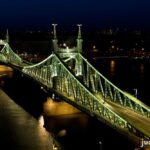
Liberty Bridge: Unique, Green and Beautiful
-

Find the best apartment for rent in Budapest
-
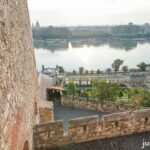
The Best attractions of the Buda Castle District, in the heart of Budapest
-

Your ultimate itinerary to exploring Budapest in 1, 2 or 3 days
-
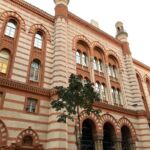
Rumbach Street Synagogue – The Beautiful Spot of the City
-

Airport Transfer: Private Driver or Taxi?
The Great Synagogue Budapest is definitely an unmissable attraction! Don’t miss it if you visit the Hungarian capital.




Your experience is important.
Anything you have not found?
Ask a Question
Please log in to write a review.
There is no review yet.